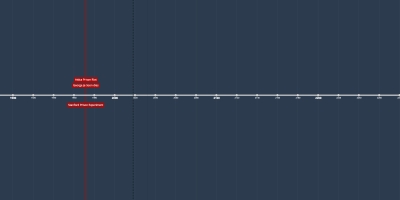Studiolos of the Renaissance Period (5 фев 1400 г. – 6 апр 1700 г.)
Описание:
"The studiolo of Renaissance princes, which were among the more important precursors of the royal collections of absolutist regimes, reserved this power for double-levelled vision [the social hierachy of visual literacy/power as discussed by Bourdieu's critique of the modern gallery and Prakash's discussion of late 19th century colonial museums in India, see earlier paragraphs in Bennett pg. 35] exclusively to the prince. Indeed, the significance of this power was underscored by the production of a division within the field of the visible such that one level of this was not open to inspection. Typically comprising a small, windowless room whose location in the palace was often secret, the walls of a studiolo housed cupboards whose contents symbolized the order of the cosmos. These cupboards and the objects they contained were arranged around a central point of inspection whose occupancy was reserved for the prince. The studiolo, as Guiseppe Olmi has put it, formed 'an attempt to reappropriate and reassemble all reality in miniature, to constitute a place from the centre of which the prince could symbolically reclaim dominion over the entire natural and artificial world' (Olmi 1985: 5). The real distinctiveness of the studiolo, however, consisted in the fact that the doors of the cupboards containing the objects were closed... The sphere of the actually visible (the paintings on the doors) mediated the prince's exclusive access to the, in principle, visible but, in practice, invisible contents of those cupboards--and thence to the order of the consmos which those contents represented. To the degree that this doubly mediated access to the order of the cosmos was available only to the prince, the studiolo embodied a power-knowledge relation of a very particular kind in that it 'reserved to the prince not only the knowledge of the world constituting his supremacy, but the possibility of knowing itself' [Hooper-Greenhill 1992: 106]."Source: Tony Bennett. The Birth of the Museum: History, Theory, Politics (1995). Pg. 35.
*time range approximate
Добавлено на ленту времени:
Дата:
5 фев 1400 г.
6 апр 1700 г.
~ 300 years
